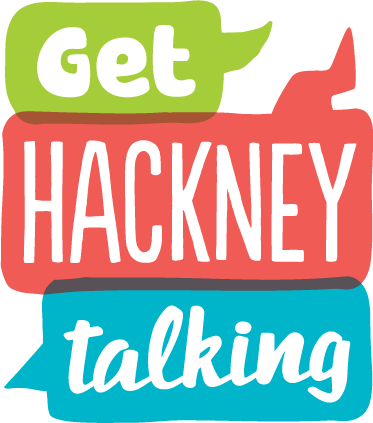Glue ear is a common childhood condition with the main symptom of hearing loss in one or both ears
What is glue ear?
Glue Ear (also known as Otitis Media with Effusions) occurs where the middle ear gets blocked with fluid which has a glue-like consistency.
This happens due to problems with the tube that connects the middle ear to the back of the throat (the Eustachian tube).
What are the effects?
The middle ear is directly behind the eardrum. As this area becomes blocked, sound vibrations cannot be passed to the inner ear. This can affect your child’s ability to hear clearly.
Glue Ear can come and go and often gets worse when children have coughs and colds.
Most cases of glue ear will improve by themselves within 3 months.
If you are worried that your child has glue ear ask your GP, Health Visitor or Speech and Language Therapist to request a hearing test from Audiology at Hackney Ark.
Things to look out for
- Not responding when called
- Turning up the television
- Difficulty working out which direction a sound comes from
- Changes in behaviour, such as becoming tired or frustrated, preferring to play alone
- Poor concentration
- Unclear speech
- Frequent ear infections
How to help your child
- Say their name – get your child’s attention before you start talking
- Face your child and keep eye contact.
- Turn the TV/ music off t0 keep background noise to a minimum.
- Use simple gestures or pictures to support what you are saying.
- Give lots of extra listening and thinking time.
- Make sure your child can sit near to their teacher.
- Understand that frustrated or bad behaviour may be due to not hearing or working harder to hear.
- If your child says something that sounds wrong, you can model back the correct way of saying it. For example: “Doddy!” “Yes it’s a doggy! Good doggy!”
- Enjoy some Special Time with your child in a quiet space and join in with their pretend play


